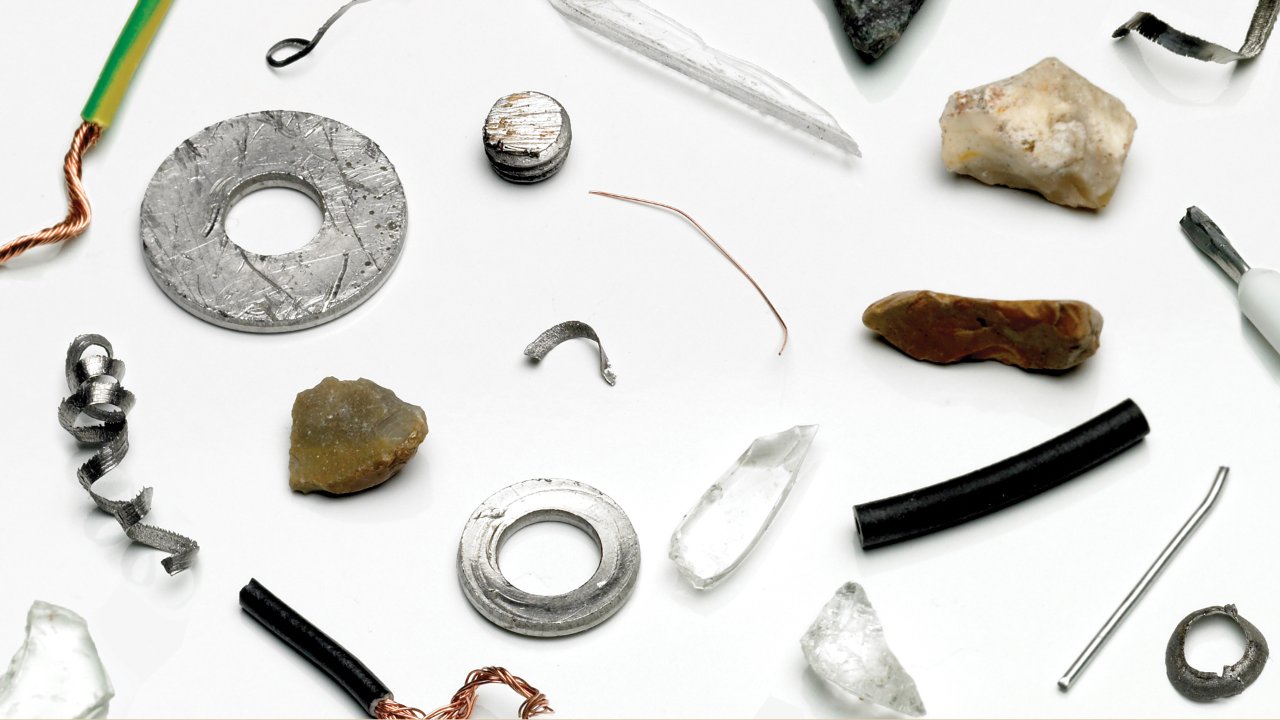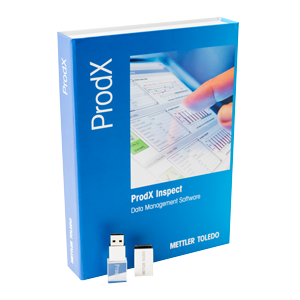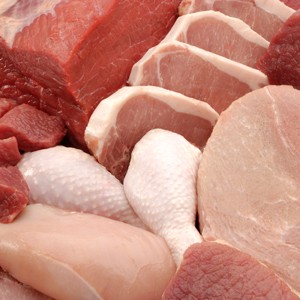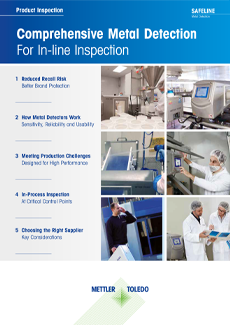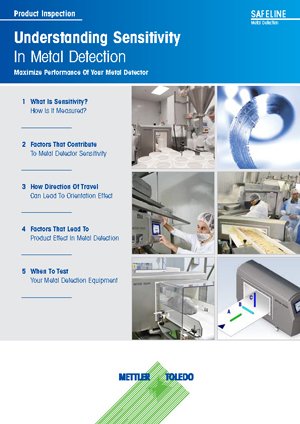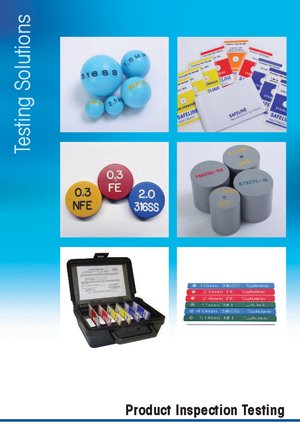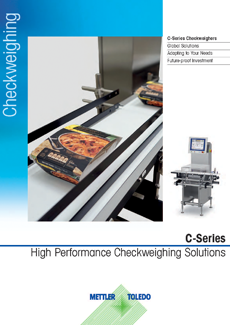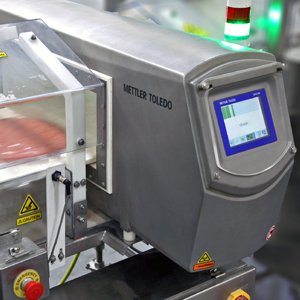There are many types of metal detection used in food processing. The right metal detection equipment to use for product inspection in the food industry depends on the type of food you are inspecting, as well as the environment that the inspection will take place.
For packaged and unpackaged food that runs on a conveyor, the best option is a conveyorized tunnel metal detector designed for inline product inspection on the manufacturing line. Our fully automated line of industrial metal detector systems for conveyor belts will safely detect and reject product contaminated with ferrous and non-ferrous metals, as well as hard-to-detect grades of stainless steel. For conveyorized food products that are wet, hot, chilled, cooling, or wrapped in metal film, our Profile Advantage metal detector is designed to deliver up to 50 percent improved sensitivity in these challenging food applications, leading to fewer false rejects.
For pumped food applications such as sausage, raw chicken, juices, or sauces, your best bet is to go with a pipeline-based metal detection system. Our line of pipeline metal detectors are built with advanced detection technology to satisfy the most stringent detection requirements in liquid, paste, or slurry applications.
For inspection of bulk gravity-fed powders, grains or granules, you need a metal detection system that has the ability to inspect product in free-fall. Our high performance, gravity fall metal detection systems seamlessly detect and reject metal contaminants, delivering maximum sensitivity and performance. They also support ATEX, IECEx, and HazLoc compliance for explosive atmospheres.
Bulk free-falling food items such as nuts, snacks or confectioneries which require integration with Vertical Form, Fill & Seal (VFFS) packaging equipment are best suited to a vertical throat metal detector. These systems use high levels of sensitivity to detect unwanted metal in the product flow before it enters the bag, overcoming interference from metalized film packaging. Our throat metal detectors offer the sensitivity you need with Zero Metal Free Zone technology, enabling the space between the weigher and VFFS to be kept to a minimum.
Related Content:

